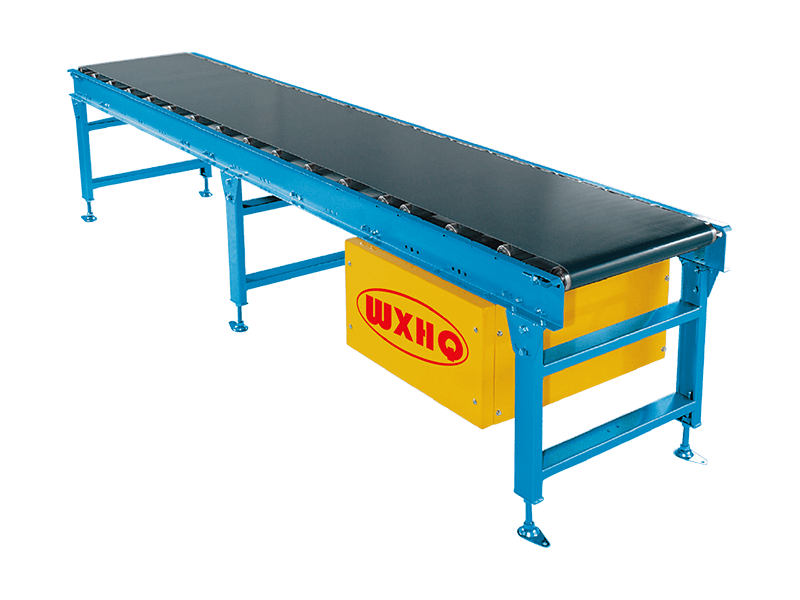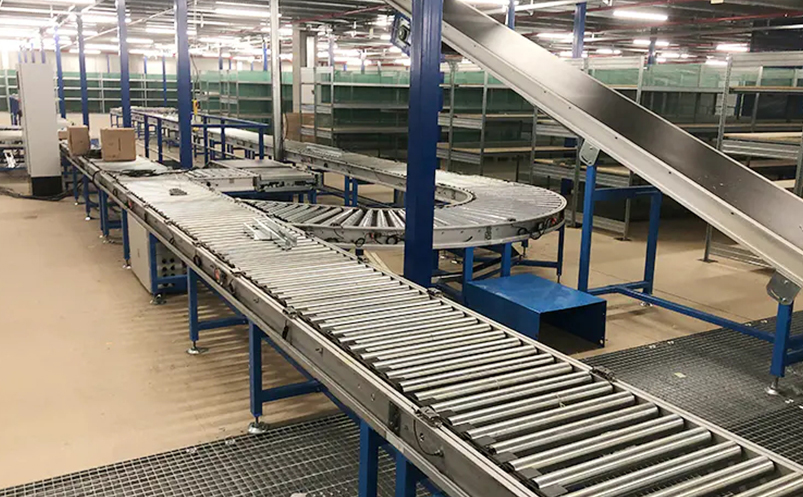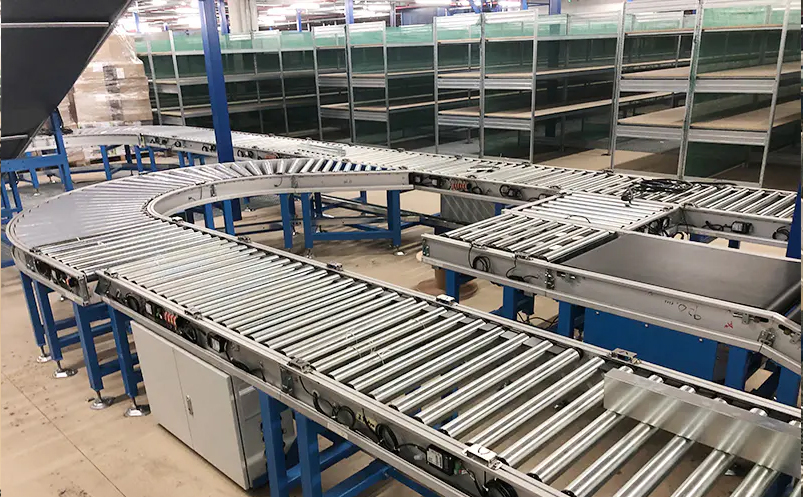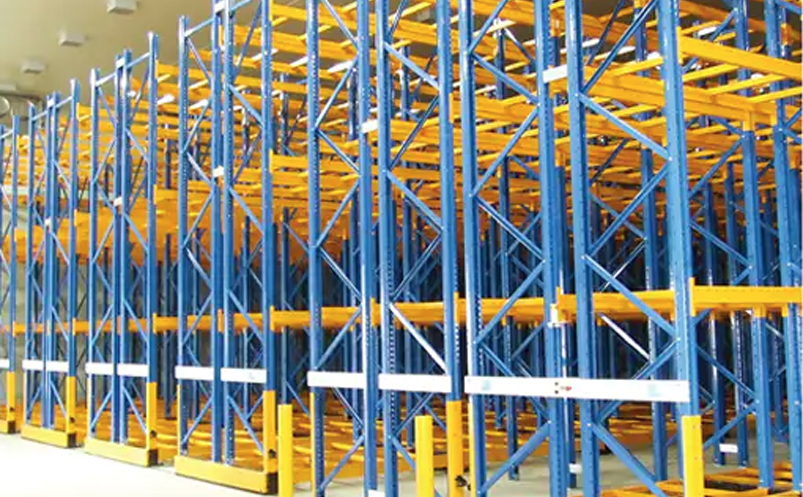In the dynamic world of industrial logistics, where precision and efficiency dictate operational success, the standard type belt conveyor emerges as a cornerstone of material handling technology. It is not the flashiest piece of equipment on the production floor, yet its utility is both foundational and formidable. Built for consistency and optimized for endurance, the standard belt conveyor delivers an elegant solution to a complex challenge: how to move bulk materials swiftly, safely, and economically.
Engineered Simplicity, Operational Power
At first glance, the standard type belt conveyor is deceptively straightforward—an endless loop of fabric or rubber stretched across rotating pulleys. But beneath this apparent simplicity lies a meticulously engineered mechanism. Its design is refined for scalability, capable of accommodating light to medium-duty applications with surgical precision. Whether transporting granular raw materials or finished goods, this system maintains consistent flow with minimal human intervention.
Standard belt conveyors typically operate at a fixed speed, though variable-speed drives can be integrated for operations that demand tighter control. The belt—crafted from materials ranging from PVC to nitrile rubber—glides smoothly over a series of idlers, guided by head and tail pulleys that maintain optimal tension and tracking. The result? A seamless transition from point A to point B, hour after hour.
Versatility Across Industrial Realms
What makes the standard type belt conveyor so indispensable is its chameleon-like adaptability across sectors. In mining, it carries crushed ore through harsh environments. In food processing, it moves perishables along a hygienic stainless-steel frame. In warehousing and packaging, it’s the silent workhorse moving parcels with unwavering efficiency. This ability to integrate into virtually any operational setting is not just a benefit—it’s a strategic advantage.
Moreover, standard belt conveyors are modular in nature. They can be extended, elevated, curved, or inclined without requiring a full overhaul of the system. This modularity not only simplifies installation but significantly reduces downtime during maintenance or reconfiguration.

Operational Benefits That Compound Over Time
Investing in a standard type belt conveyor isn’t just about solving a logistical puzzle—it’s about laying the groundwork for sustained operational excellence. Here’s why industries trust it:
Low Energy Consumption: With minimal friction and efficient drive systems, the conveyor conserves energy while delivering high throughput.
Minimal Maintenance: Its simple mechanics reduce the frequency and complexity of upkeep, resulting in lower operating costs.
Improved Safety: By automating repetitive transport tasks, the system reduces the risk of workplace injuries.
Enhanced Productivity: Continuous, uninterrupted movement of materials ensures production lines run at full tilt.
These advantages aren't theoretical. They manifest daily on factory floors, in distribution centers, and at construction sites where downtime is a costly adversary.
Customization Without Complexity
While it carries the label “standard,” this type of conveyor doesn’t lock you into a rigid framework. Width, length, belt type, and speed can all be tailored to the specific demands of your operation. Side guards, cleats, and covers can be added for specialized tasks. Need dust control? Add a sealed enclosure. Require washdown capability? Opt for stainless steel components.
This blend of off-the-shelf accessibility and tailor-made flexibility makes the standard belt conveyor not just a piece of equipment—but a long-term operational partner.
The Unseen Engine Behind Industrial Efficiency
In a world driven by automation and streamlined processes, the standard type belt conveyor holds its ground as a quiet force of industrial efficiency. Its unassuming structure belies the sophistication of its impact. It doesn’t dazzle with complexity. It doesn’t demand the spotlight. But in every successful operation, it is there—moving, lifting, delivering—unfailingly.
If your operation demands reliability, scalability, and enduring performance, there’s nothing “standard” about choosing a standard belt conveyor. It’s a decision grounded in logic and engineered for longevity.







